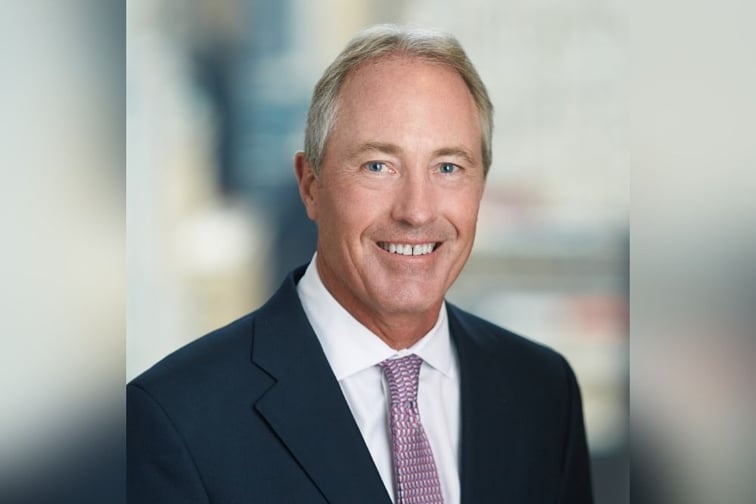

The global reinsurance market was described as “healthy but evolving” in Guy Carpenter’s January 01, 2022, renewals briefing. While the market is well capitalized, the changing nature of risk has forced reinsurers to adjust risk appetites and pricing thresholds in response to ongoing and emerging sector challenges.
Guy Carpenter, a global risk and reinsurance specialist, and A.M. Best, estimate that the total dedicated reinsurance capital for 2021 was $534 billion, reflecting continued growth of almost 3% year-on-year. Increases were seen in both traditional rated reinsurance capital, as well as insurance-linked securities (ILS) capital.
Notwithstanding some negative rhetoric around the results of certain individual reinsurance businesses – in particular, those with portfolios predominantly weighted towards property catastrophe business – the Guy Carpenter Global Reinsurance Composite Index is on track to produce a combined ratio for 2021 of below 100%, including the impact of elevated catastrophe loss.
Climate change, cyber threats, inflation (both core and social), and the continued evolution of frequency and severity of catastrophe losses are fundamentally changing how reinsurers underwrite risks and view pricing and capacity allocations. This was evident in the January 01 renewals, according to David Priebe (pictured), chairman of Guy Carpenter.
“Historically, markets have based their pricing and portfolio strategies using models focusing predominantly on historic results and then extrapolating that to current levels and trying to look forward,” said Priebe. “But there’s been a shifting view of risk, particularly around property risks and perils that were previously viewed as secondary – like wildfire, flood, and severe convective storm – and how those perils are impacting forward-looking losses in various geographies. These sources of risk are now being factored into reinsurance pricing models and portfolio construction as the markets look forward.
“Outside of property, the other risk that people are focusing on is incorporating a forward view on inflation, both core and social. That’s being weighed into the reinsurers’ decisions around deploying limit and pricing for casualty lines, particularly excess of loss casualty lines, where inflation has a greater impact. The other factor that’s changing the nature of risk is technology. There are both positives and negatives – the positives being technology enhances our ability to better assess, manage, and monitor risk, but the negatives being new risks are being created by this emerging technology.”
One important thing to remember, according to Priebe, is that the reinsurance community takes the tail risk of the insurance industry, and so the drivers of reinsurance market trends tend to be macro risks like climate change and digitalization. Only after reinsurers understand the macro risks can they delve into the micro elements in order to work out the potential repercussions of those factors. With the changing nature of risk, Guy Carpenter reported there was a lot of differentiation at the January 01 renewals in terms of how markets were interpreting and reacting to those macro and micro risk factors.
“That played out significantly at the January 01 renewals because there was such a wide range of views,” Priebe told Insurance Business. “We’ve never seen a wider disparity in the quotations on programs, both high and low. And that’s understandable because I think a lot of reinsurers are working through their own assessment of what these changes in the risk landscape mean, and they have different implications to each reinsurer and their portfolios.
“In many ways, for us [Guy Carpenter] as an intermediary, this is welcome. It creates a marketplace, and it really enhances the key values that we bring to our clients in being able to help them navigate such a dislocated market, help them understand how reinsurers are thinking about risk, and share with them our perspectives so that we can forge a consensus that is supportable both for the primary insurers and the reinsurers.”
Guy Carpenter has invested heavily into talent and tools to expand its analysis of natural perils and other loss drivers like cyber risk and inflation. The global risk and reinsurance specialist, which is part of Marsh McLennan, has brought in actuarial experts and meteorologists to carry out their own risk assessments, dig into catastrophe models and identify their strengths and weaknesses, and really spark robust conversations about the current view of risks in the marketplace.
“The issue of inflation was a really important factor at the January 01 renewals,” said Priebe. “We had to ensure we understood how clients were addressing inflation on their primary portfolios. Were they increasing insurance to value? How are they applying that into their pricing? How is that being factored into their reserving? And then we had to go back to the reinsurers and understand how they would take those actions into consideration.
“By really having deep dialogue and discussing the individual characteristics of each primary company’s portfolio, and then making sure reinsurers were properly assessing that, helped us close the gaps in many ways. Reinsurers naturally were taking a conservative view, as they should, but once we said: ‘Our clients have done X, Y, and Z,’ the reinsurers were more willing to pull back some of the loads that they previously had factored in.”
